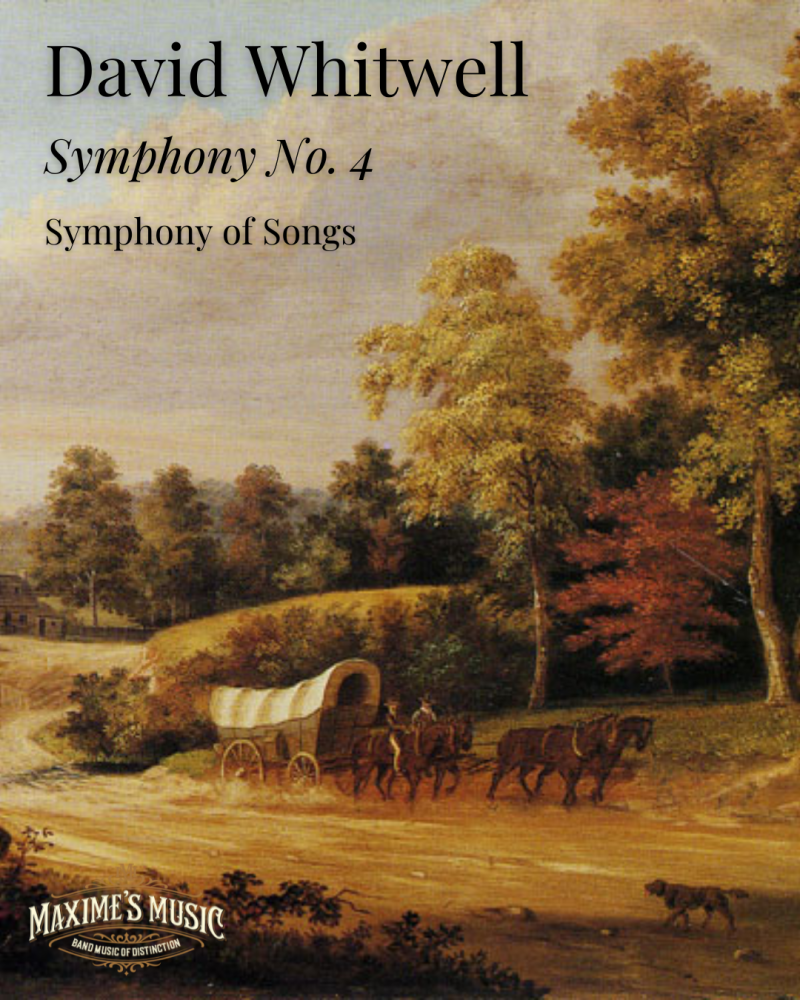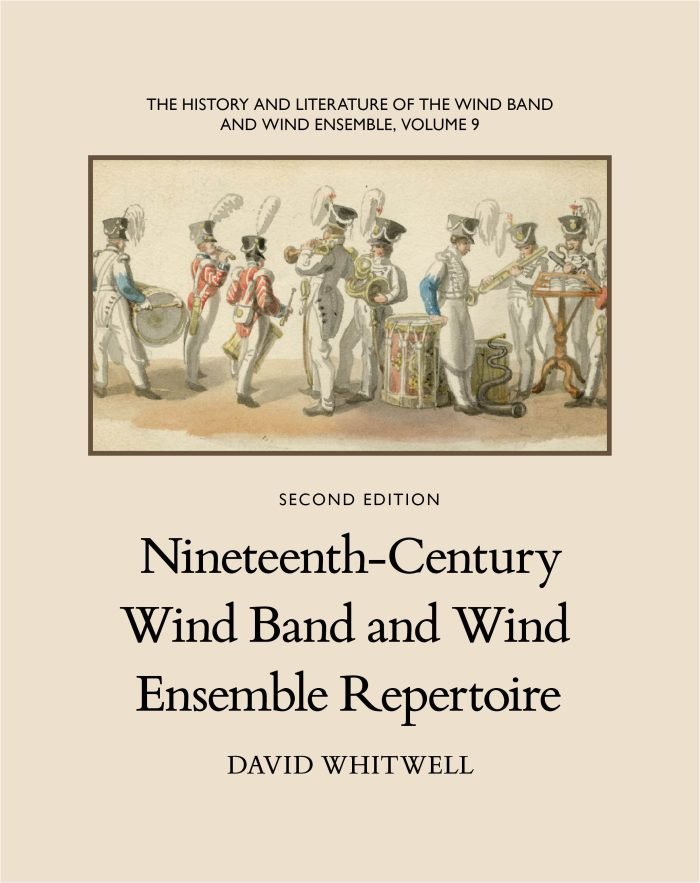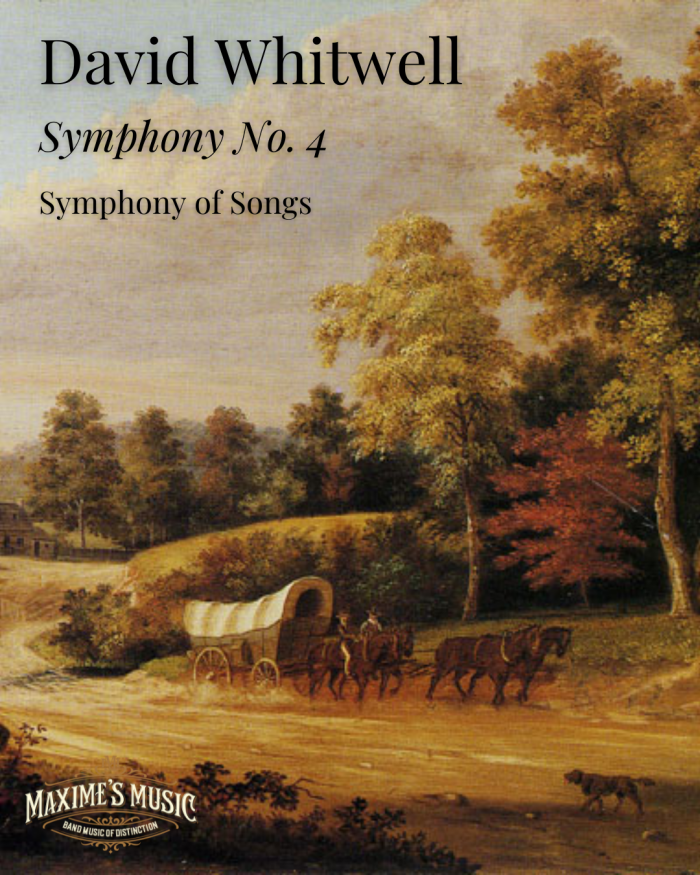i. Song of Faith
ii. Song of Tranquility
iii. Song of Freedom
The origin of this Symphony has its roots in a conversation with the great American composer, Aaron Copland. With the help of my dean I was able to have Copland come to the CSUN campus for a week, which allowed me to have several private meals with him. As I recall I had three questions which I very much wanted to discuss with him.
The first question I had was why he had made the decision, as a young composer, to go to Paris and study with Nadia Boulanger. He responded that he went there just to see the city and while there he ran into an old friend who tried to convince him to join him in attending the so-called Harmony Lessons offered by Boulanger. Copland confided that it took him a week of just walking the streets before he could convince himself to get over the idea of studying composition with a woman, as history had proven women composers to be very rare. But he eventually went and soon became one of her most famous admirers. In fact, he was responsible for encouraging a number of later young composers to go study with her, with the result that some critics have said the two decades of subsequent Americana music sounded French.
The second question I had was relative to his composition, Outdoor Overture. I had performed this work and it really sounds like a band work, whereas the books on Copland list this work as having been commissioned by a high school orchestra somewhere. From my own prior research I had determined that the only extant autograph score is in fact one scored for band. So I asked Copland, which was the original version, one for orchestra or one for band? He could not remember. So I asked, if it were originally written for orchestra, did you make the band arrangement (I did not mention that I knew there was such a score in his hand.) He answered, “It is possible.”
He went on to apologize for his memory, explaining that when you are in the midst of composing a work it is like having a new baby — every thought is about the present one. But, after you finish a composition, then like a child, it goes out on its own into the world and you soon forget about it. In fact, at the first rehearsal of his Emblems Copland conducted with a very puzzled look on his face. It appeared he really did not recognize this score. He took the score back to the hotel and on the rehearsal of the following day we were all more pleased. This, in turn, reminded me of an occasion some years earlier when I conducted a symphony for wind orchestra by Ernst Krenek. During the concert Krenek remained on stage, as he was later going to guest conduct his Blas Musik, sitting in the wings with a frown on his face throughout my performance. Since I knew we were doing a fine job with a very difficult score I was concerned. Later I asked him if we had been doing something wrong and he replied, “Oh, no, the performance was outstanding. I was just sitting there trying to remember this composition, for I wrote it fifty years ago and had not heard it since!”
The third question I had for Copland was about a new work which had been commissioned by the CBDNA, Emblems. This composition consists of a series of variations on a well-known early hymn tune, and I was interested in how he had decided to use this tune. He explained that he had, in a closet at home, a collection of volumes of early American tunes and that when he was beginning a new work, and had no immediate music in mind, he would take a volume off the shelf and thumb through it. At some point his attention would be drawn to some tune and that would start his creative forces going.
This had an immediate appeal to me for I had been thinking about composing a symphony in homage of my ancestors, after a period of thinking about genealogy. I had become amazed at their early struggle as they moved across the country from the East Coast to Tennessee early in the nineteenth century. First, in Virginia, they cut down trees and built a log cabin and planted their field. Then, after five years, they moved to Kentucky and did this all over again — cutting down trees and building their own cabin. Again, after five years they moved to Tennessee and once again built their own cabin and planted a crop. I was amazed at the thought that after the enormous labor of building a log cabin to just walk away from it and do it again in another state! The answer I eventually learned was that the concept of crop rotation had not yet become known and after five years the land stopped being productive; and one had to move on.
I wanted to compose a work based on an early American tune and I began a search for such a tune. There is a substantial surviving number of Civic War Period early band music, the locations for which I give in the volume 9 of my series of books on the history and repertoire of the wind band.
After a search I found a wonderful upbeat tune which was used as campaign music by Lincoln. It was exciting and bouncy and I thought it would make a good basis for a first movement, The mood of the music, however, was not appropriate to the memorial symphony I had in mind, but I also had at this time wanted to compose a saxophone concerto for my friend Jerry Luedders, who was a very musical player. I had in mind a kind of concertato style with the band alternating with the soloist. It seemed to me most appropriate for the date of the music corresponded with the date of the invention of the saxophone. So I wrote the movement and we read it in a rehearsal but it sounded awful! The large modern band sound overwhelmed the simple style of the early nineteenth-century tune, so I destroyed this version. I could, of course, have made a composition for a chamber group and saxophone, but that did not satisfy my desire to add such a concerto to the band repertoire.
As it turned out, I did use an early American tune for the saxophone concerto, a lovely and poignant song by George Root, “Before the battle mother, I’m thinking most of you.” I eliminated the instrumentation of the band completely, using just soft keyboard percussion to accompany the soloist, with the band singing this song in three-parts. The result is very moving and beautiful.
Now, for the composition of the symphony, having learned the difficulty and danger in working with an early folk tune, I elected to rather just try to create my own music in the earlier style. As my guide I took the three styles implied in the movement names themselves — Faith, Tranquility and Freedom. The result, I think, is an expressive and beautiful composition. One of my colleagues at CSUN wanted to arrange this music for orchestra and much later I did arrange two movements for orchestra for the Austin Civic Symphony and the result seemed to please everyone.
One final note on the music of this symphony: In the introductory essay to these symphonies I mentioned that at the age of eighteen I had composed a piano concerto which I had destroyed. I did, however, keep one melody and this now became the melody of the second movement of this symphony.
Reviews
Your Symphony of Songs was a beautiful composition as the melodic idea were most impressive.
Tony Mazzaferro, March 23, 1990
Fullerton, CA
Fullerton College
David, your 4th Symphony is beautiful!
Felix Hauswirth, May 1, 1990
Zurich
I wish you could know how much pleasure your gift has brought me. I really enjoy Classical music and Rachmaninoff, Beethoven & Dvorak are old friends of mine! Now I am happy to list Whitwell among them—your symphony is an absolute delight. There are no ho-hum parts to be endured while waiting for the good stuff!
It is full of sweet harmony and satisfying crescendos. I love it and congratulate you on a beautiful composition.
Thank you, thank you, thank you.
Bessie Shimmon, May 6, 1990
Modesto, CA
I received the tape of Sinfonia Nr. 4. It is a beautiful composition as your others, which would be worth of being printed and sent through all the world.
Giovanni Ligasacchi, May 12, 1990
Brescia, Italy
As I love romantic style music, I very much liked the music on the cassette. I congratulate you with your Fourth Symphony—beautiful harmony and lovely melodies.
Egil Gundersen
Skien, Norway
Congratulations on your new symphony. I listened fascinated to this noble and colorful music. Do you think we could play this symphony?
Wolfgang Suppan, May 17, 1990
Graz, Austria
Thanks for the tape of your fourth symphony. The symphony is very nice, and Ilona likes it very much. You have given the band world another collection of lovely melodies and emotional music.
Leon Bly, May 21, 1990
Stuttgart, Germany
Thanks very much for sending a recording of your fourth symphony, ‘A Symphony of Songs.’ It is a beautiful work and one that I will get to in the hope of performing it in the near future.
John P. Paynter, May 24, 1990
Evanston, IL
Northwestern University
I think your Symphony Nr. 4 is the best thing you’ve done yet. I particularly liked the first movement. You amaze me! I didn’t know you wanted to be a composer. Have you wanted to be one all your life and postponed it until now?
Frank Battisti, June 15, 1990
New England Conservatory of Music
Thanks for the tape. Very impressive. Somewhat like an English Shostakovich.
H. Robert Reynolds, June 19, 1990
Ann Arbor, MI
The University of Michigan
I like your Symphony of Songs very much.
Gottfried Veit, Oct. 10, 1990
Bozen, Italy


